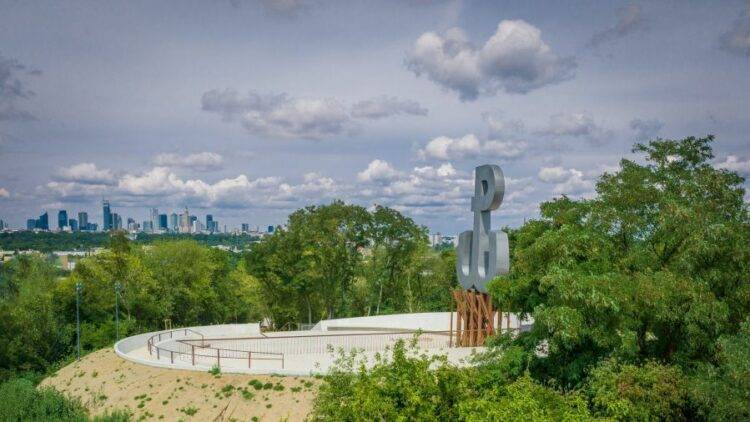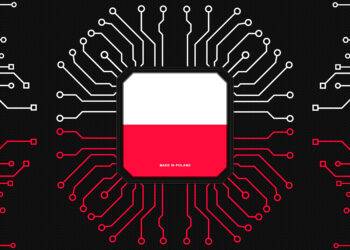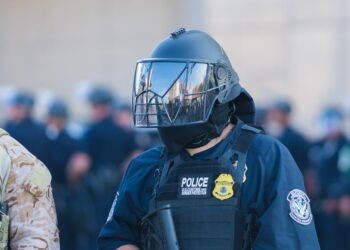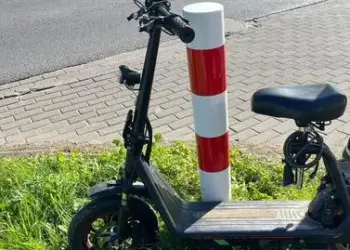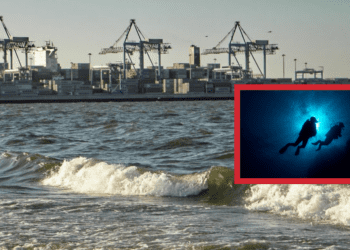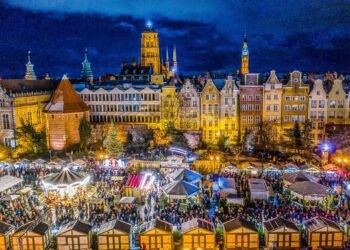Operation Storm Park, or Park Akcji “Burza,” a distinguished public space in the heart of Poland’s capital, has been crowned the Best Public Space in Europe for 2024. This prestigious award, determined from a competitive pool of 297 entries spanning 35 countries, highlights the park’s innovative blend of historical preservation and community-oriented design.
Located near the Warsaw Uprising Mound, the park stands as a tribute to the city’s resilience during World War II. The award recognizes how the space ingeniously incorporates remnants from the wartime period into its layout, offering visitors a profound experience that bridges history, relaxation, and sustainability. The park, revitalized under the guidance of landscape architects from Archigrest and TopoScape, was commended by the jury for its “creative fusion of historical elements and accessible, eco-friendly spaces.”
Warsaw’s Greenery Board (Zarząd Zieleni m.st. Warszawy) expressed pride in the achievement, stating, “Operation Storm Park has been named the Best Public Space in Europe! We extend our gratitude to the Public Space Jury and congratulate our collaborators, Archigrest and TopoScape. Working together has been an absolute pleasure.”
The park, completed in July 2023, was a cornerstone of Mayor Rafał Trzaskowski’s promise to provide 100 transformative urban projects. Unveiled to the public just before the 79th anniversary of the Warsaw Uprising, the space quickly became a beloved landmark, reinforcing its symbolic significance through features like educational exhibits and preserved ruins from the city’s wartime past. Visitors entering from Bartycka Street are greeted with an immersive historical display, including striking gabions—steel-mesh structures housing wartime debris that evoke the sense of navigating the destroyed cityscape of 1944.
This latest accolade adds to the park’s list of commendations, including the Polityka Architectural Award Grand Prix and the Landezine International Landscape Award (LILA 2024). These recognitions underscore Warsaw’s success in transforming historical sites into multifunctional urban havens that celebrate past events while embracing a sustainable future.
Beyond its historical essence, the park caters to modern urban needs with eco-conscious enhancements such as a treetop walkway, a children’s play area, and a nature trail. This holistic approach earned the park additional accolades, including the Grand Prix of the Polityka Architectural Award and several distinctions from the Mayor of Warsaw’s Architecture Awards for categories like public space design and eco-friendly solutions.
This landmark park’s success story also includes the collective effort of Warsaw residents who, alongside municipal authorities, contributed to planting a Miyawaki micro-forest at the new entrance plaza in June 2024. Such community participation reflects the broader commitment to maintaining an inclusive, sustainable, and educational space.
The recognition as Europe’s top public space follows the city’s focus on revitalizing areas to both honor its heritage and create inviting urban havens. The project’s combination of recreational amenities and historical respect has set a benchmark for how urban redevelopment can celebrate the past while embracing the future.
Akcja “Burza” (Operation “Storm”) was a strategic military operation conducted by the Polish Home Army (Armia Krajowa) during the final stages of World War II. Initiated in 1944, it aimed to liberate Polish territories from German occupation ahead of the advancing Soviet forces to assert Polish sovereignty before Soviet control could be established. The operation encompassed a series of coordinated uprisings and battles in various regions, including Vilnius, Lviv, and ultimately Warsaw, with the famous Warsaw Uprising serving as its climax. Akcja “Burza” reflected the Polish underground resistance’s determination to reclaim and govern its homeland independently after years of Nazi occupation.
Despite the initial successes in some areas, the operation faced significant challenges, particularly due to strained relations with the Soviet Union. The Soviet forces, though allies against Germany, were seen as occupiers aiming to exert influence over Poland’s post-war future. This tension culminated in a tragic outcome during the Warsaw Uprising, where Soviet troops halted on the Vistula River and refrained from assisting the Polish resistance as it fought a brutal and ultimately doomed battle against the Nazis. Akcja “Burza” remains a poignant chapter in Polish history, symbolizing both the resilience of the Polish spirit and the complex geopolitical struggles that shaped Eastern Europe’s fate during and after the war.
In celebrating Park Akcji “Burza,” Warsaw not only receives acclaim for its innovative urban development but also solidifies its status as a city that cherishes memory and modernity in equal measure.

